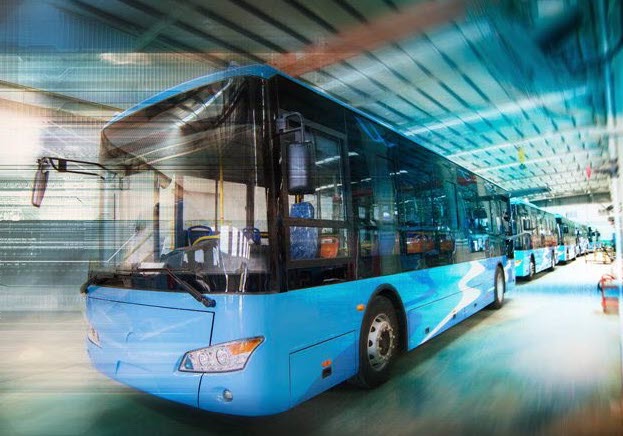Imagineering
In the great traditions of Walt Disney, we are imagineering a Regenerative Future for Aotearoa New Zealand built on the foundation of Affordable and Clean Energy and Transportation. Below are selected examples of our imagineering.
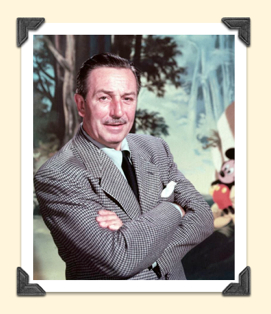

Walt Disney and his team used 3 different roles to explore a project thoroughly; the dreamer, the realist and the critic. Each of the roles represents a different angle to look at a project.
1) The Dreamer
In the first ‘room’ everything is possible. The sky is the limit. Everybody should use their imagination and come up with crazy new ideas. Pure divergent thinking without any judgement.
2) The Realist
In the second ‘room’ we think about how to turn those wild ideas into feasible plans. It’s about being pragmatic. In this room we apply convergent thinking and pick the best ideas. After the evaluation (based on some criteria) we create the plan to realise these ideas. We think about what needs to be done to make the ideas come true.
3) The Critic or Spoiler
In the last ‘room’ we take on the role of the devil’s advocate to find out if anything is missing or needed. What are the dangers? The risks? The obstacles? The pitfalls? What could go wrong? etc. Critics are not negative; they are constructive. Judge the ideas. Edit, improve and reject ideas.
Scenario Planning
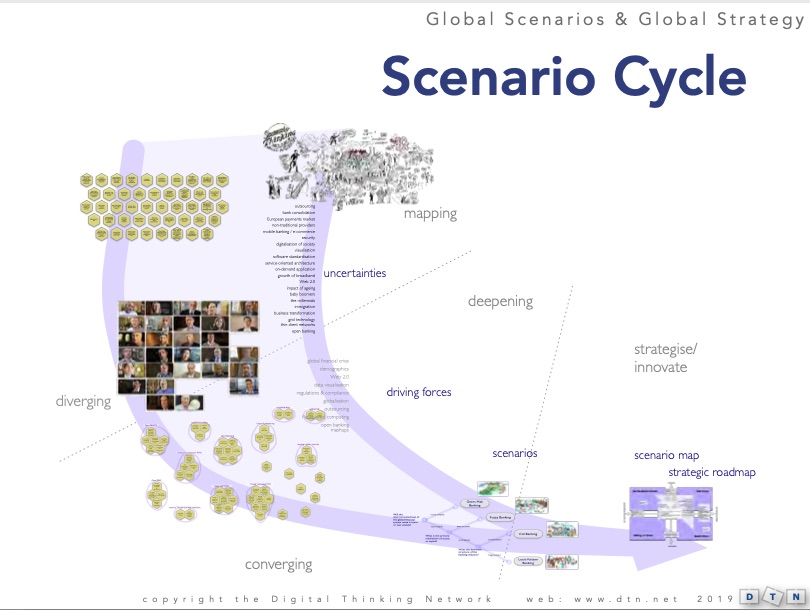
AHA-NZ and its related companies are all built on the foundation of Strategic Foresight. AHA merges the art and science of Walt Disney’s Brainstorming Methodology of the Dreamer, Realist, and Spoiler with rigorous, lean, and agile Scenario Planning. We engage world class experts, including Daniel Erasmus founder of the renowned Digital Thinking Network in Amsterdam to systematically develop scenarios which ground our dreaming of the best possible future in the realism of what remarkable people have identified as probable futures.
With sponsorship from industry and government, AHA-NZ is commissioning future gazing into the key economies of Asia Pacific in the age of covid, asking how covid is likely to effect climate change imperatives, and green hydrogen adoption.
Similarly, with sponsorship, AHA-NZ is commissioning future gazing into the NZ domestic economy around the same questions.
Digital Twins
Gartner defines a digital twin as a software design pattern that represents a physical object with the objective of understanding the asset’s state, responding to changes, improving business operations and adding value. Digital twins are virtual replicas of physical devices that data scientists and IT pros can use to run simulations before actual devices are built and deployed. They are also changing how technologies such as IoT, AI and analytics are optimized.
According to Gartner, Digital Twins are entering mainstream usage among innovative and transformative design and engineering initiatives. In order to accelerate understanding and adoption, AHA-NZ is spearheading the development of an Open Source Digital Twin for the Green Hydrogen Supply Chain within New Zealand and from New Zealand to select economies within Asia Pacific starting with Japan.
Click for a Digital Twin Introduction briefing with a number of links to short videos.
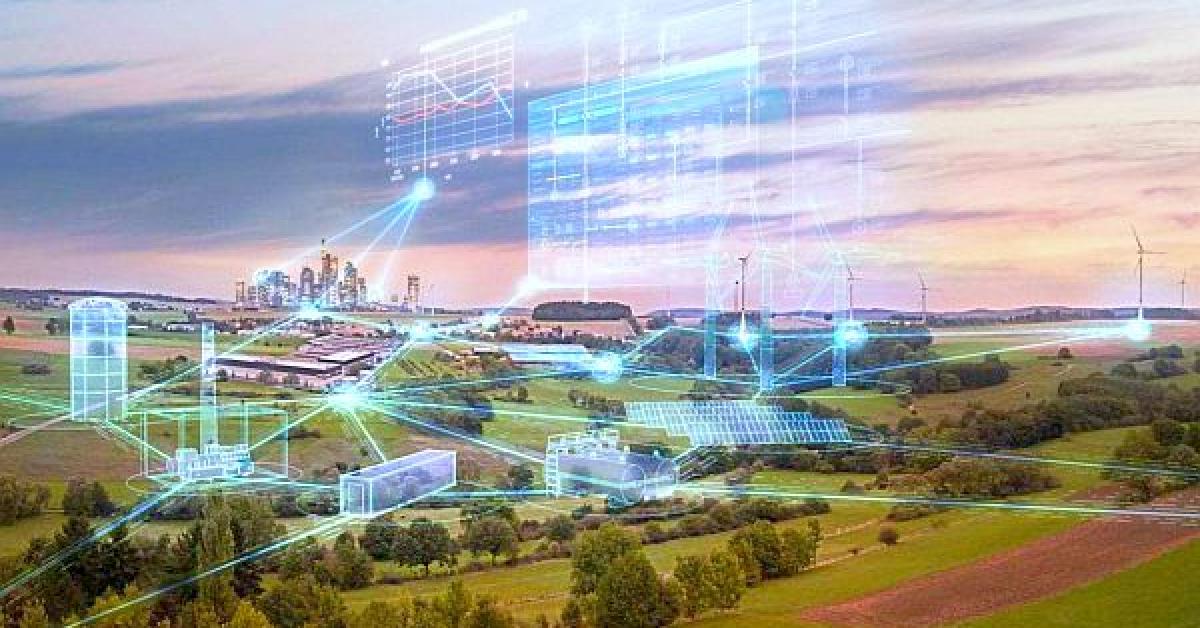

Fleets and Modeling Accelerating Transformations
Starting with data on all vehicles registered in NZ, our Data Analytics talent is studying patterns of utilization, asset age, and costs to segment by use cases, in order to identify clusters where we can shape the path for early adoption and transformation.
Toyota first developed the Sora as a concept hydrogen fuel cell bus. Sora has been so well received that it has been put into production for the Tokyo Olympics originally planned in 2020 and now rescheduled to commence late July 2021.
Initial transit route modeling suggests the Sora fits well with certain routes and can be quickly imported as a model of excellence to show transit agencies and the riding public the many benefits of quiet, reliable, electric buses with a range optimized for longer routes and higher utilization.
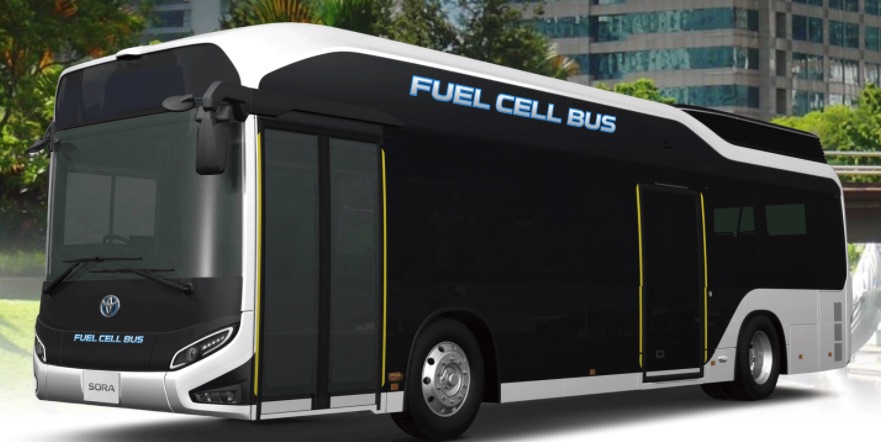
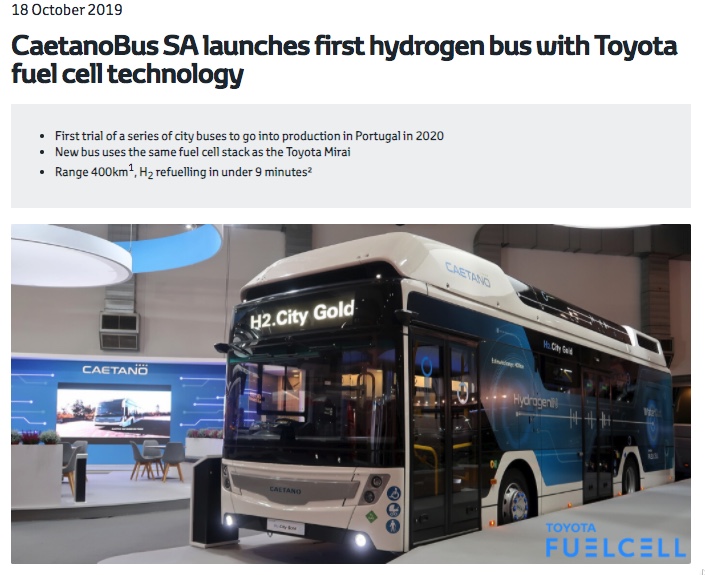
In addition to supplying an entire bus, Toyota also supplies its fuel cell and fuel tank components to local bus manufactures, such as Global Bus Ventures in Christchurch, t0 be integrate into their local platforms and local manufacturing to support the transition to fuel cell electric buses. Note, the current GBV pilot bus does not utilize Toyota technology.
The Toyota Mirai, first introduced in Japan and California in 2014, and now in its second production edition, is ideal for ride hailing services and other high utilization fleet uses. The Hyundai Nexo pictured below is also ideal for high utilization.
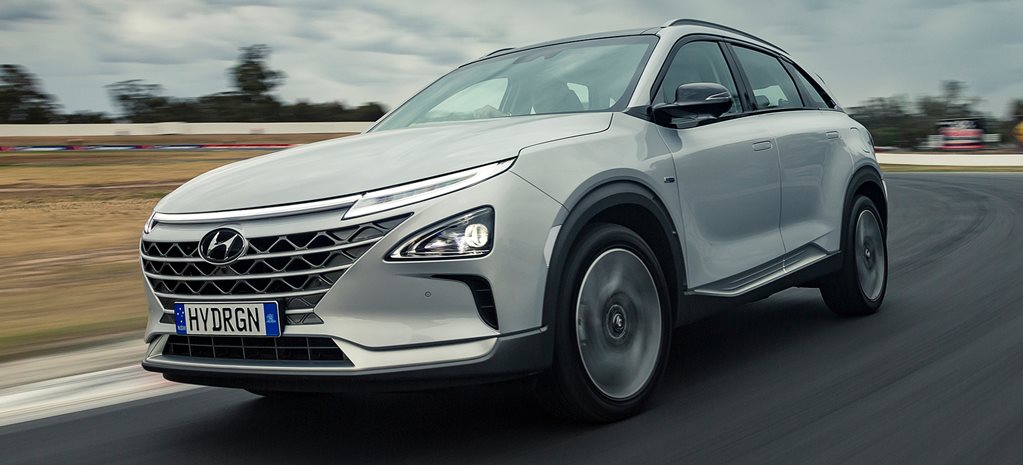

Deterministically Accelerated Consumer Adoption
“The future is already here—It’s just not very evenly distributed” – William Gibson. With a deep understanding of the Technology Adoption Model from decades of first hand involvement in Silicon Valley combined with a similarly deep understanding of Consumer Lifestyle Segmentation, AHA’s team has the experience to deterministically accelerate adoption of fuel cell vehicles in a manner that synchronizes with the rolling out of a reimagined fueling and rejuvenating experience.
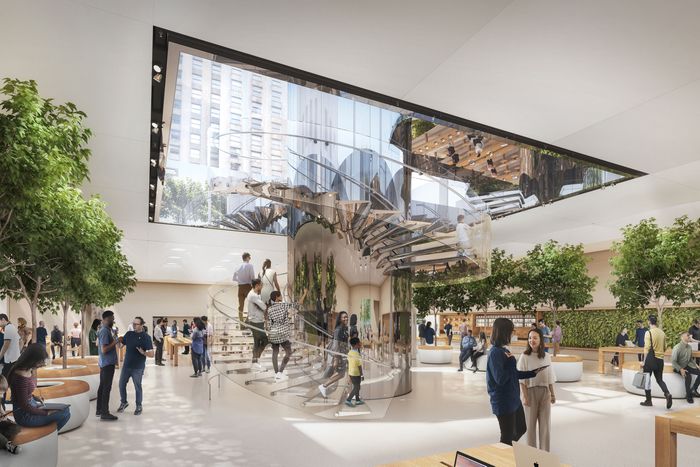
In May 2001, Apple opened its first store launching the most successful retail strategy in the world. Prior to opening stores, Apple sold through retailers including Sears, and did not know who its customers were unless they filled out a warranty card. Our Founding CEO, Bob Beth led the tech team that used a big data approach, well before that term came into vogue, to use consumer lifestyle segmentation datasets and modeling to provide Apple with the list of store locations Apple used to launch and ramp its retail strategy.
Author and venture capitalist, Geoffrey Moore’s popular book Crossing the Chasm built on and codified the thought leadership of Silicon Valley marketing legend Regis McKenna and also on the seminal thinking by Harvard’s extraordinary Clay Christiansen in explaining the Technology Adoption Lifecycle. These methodologies, when properly understood and executed, have shown themselves to work time and again.
AHA’s marketing and data analytics talent have been fully immersed in these practices since their inception.
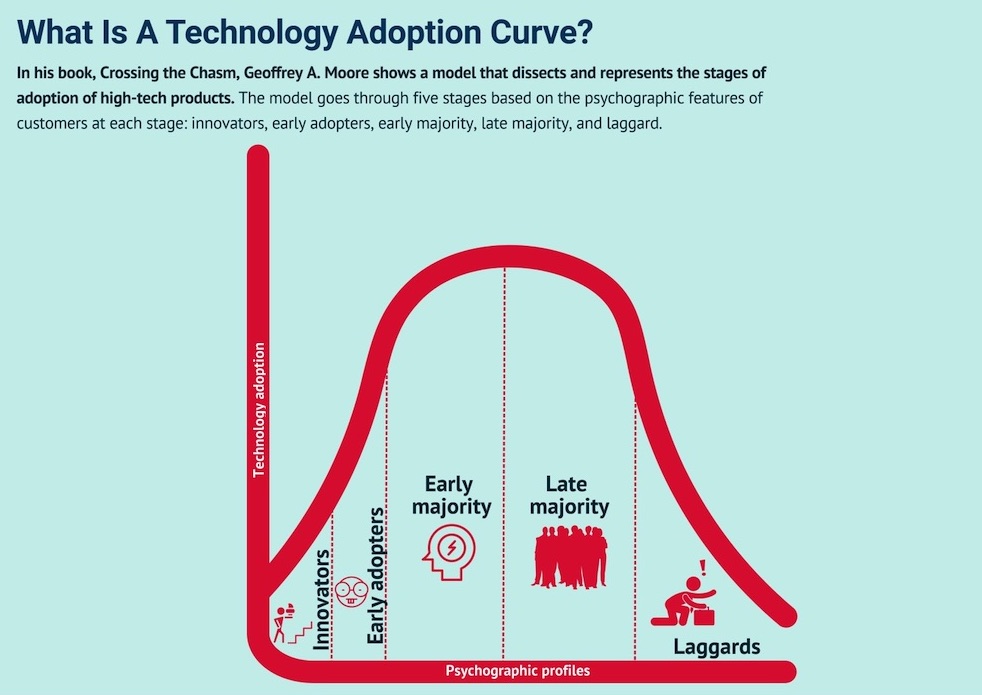
Maritime Hydrogen
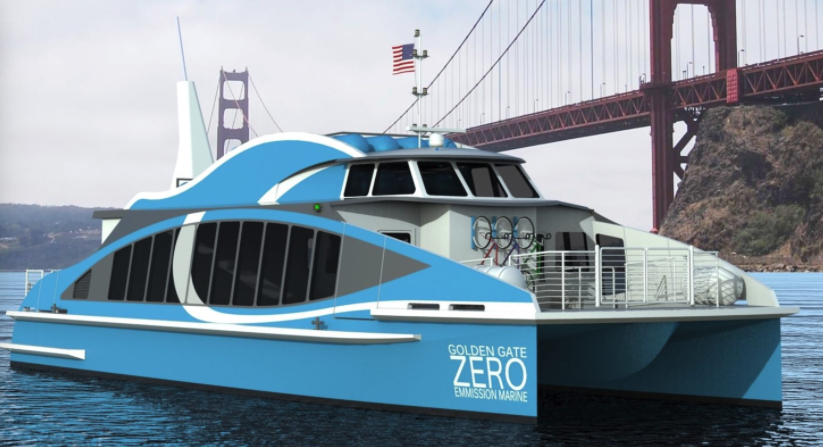
The world’s first hydrogen fuel cell ferry, Water-go-round, is under construction near San Francisco. AHA-NZ collaborates closely with the team leading its development including global hydrogen expert, formerly of the venerable U.S. Sandia National Laboratories, Dr. Joseph Pratt, Ph.D. now leading San Francisco-based H2Advisors.
Our Founder, Bob Beth, on separate visits has hosted New Zealand’s Energy Minister, Hon Dr. Megan Woods and Fullers Ferries CEO Mike Horne touring the vessel under construction. Mike is leading hydrogen and battery electric vessel innovation to bring a better experience and zero carbon footprint to Fullers’ fleet. Fullers has engaged AHA-NZ to act as provocateurs to collaborate in developing a bold vision and pragmatic plan for the early transformation of the ferry fleet.

